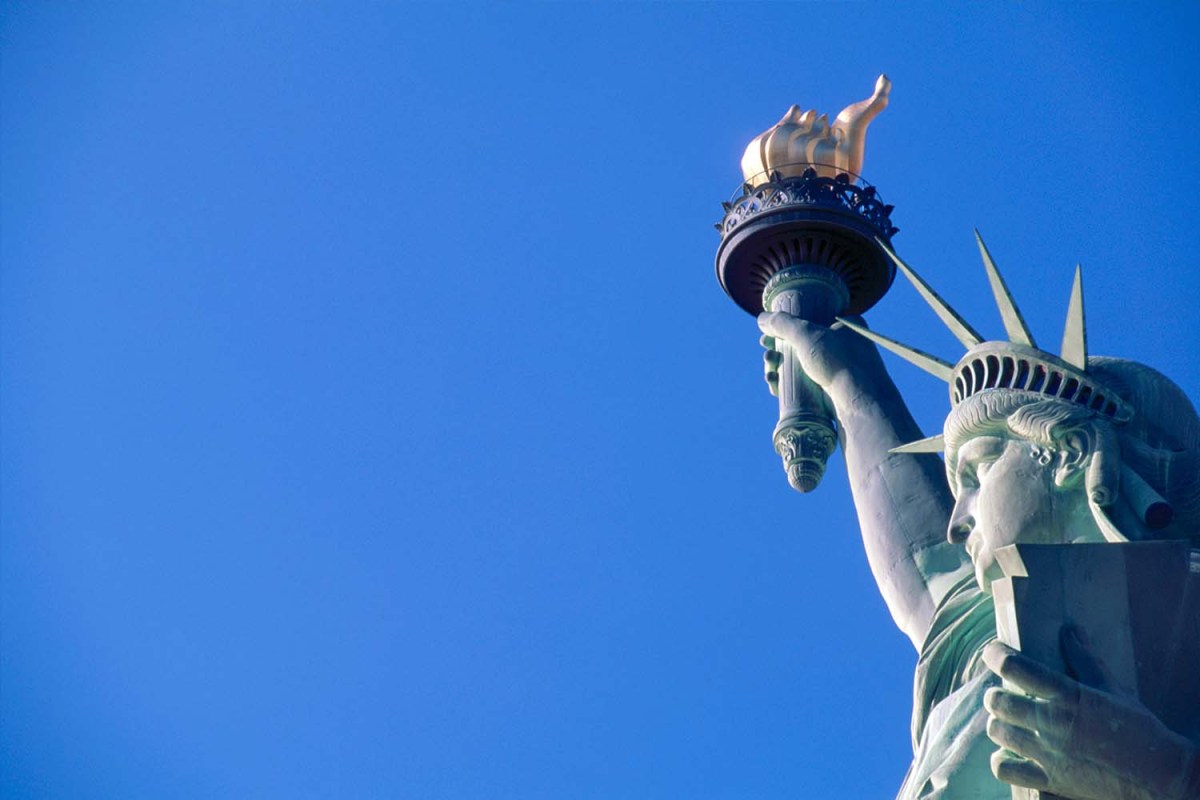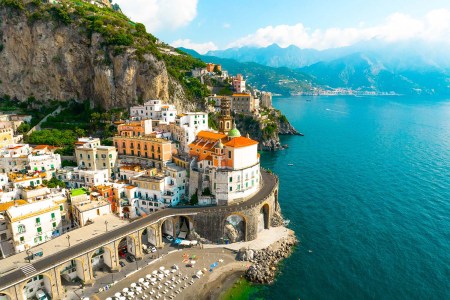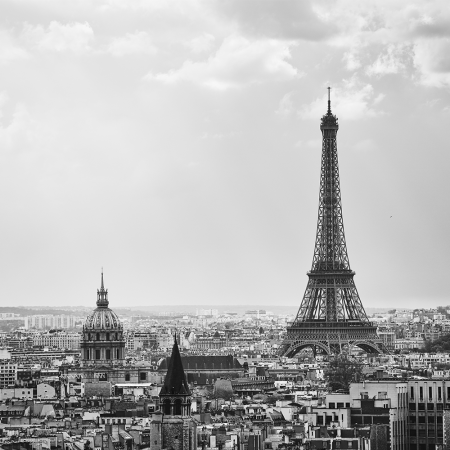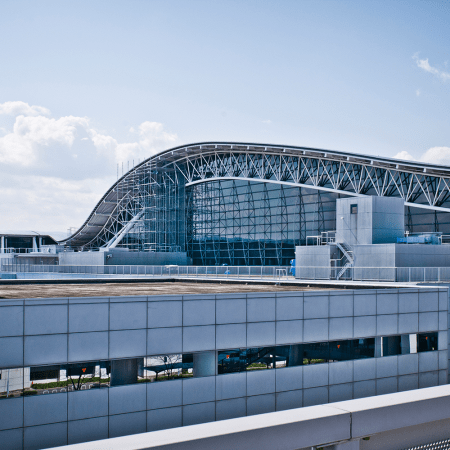Travel has been recovering in leaps and bounds all over the world, and with no end in sight. Many popular tourist destinations are even on their way to exceeding pre-pandemic numbers. Spain, for example, is on pace for a 28% increase. Largely thanks to Americans, Italy’s top destinations — Rome, Florence, Venice and Capri, chief among them — are also above pre-pandemic levels. That said, there is one marked exception.
With international tourist arrivals 26% below pre-pandemic levels, the U.S. continues to struggle where tourism recovery is involved. Per a report from the U.S. Travel Association, the U.S. closed 2022 with $99 billion in international tourist spending, which sounds like a lot, save for the fact that in 2019, the U.S. welcomed 79.4 million tourists, who spent $181 billion.
“The lag is very significant, and we are very concerned,” Geoff Freeman, U.S. Travel’s chief executive officer, told Bloomberg. “We estimate that this year alone we’re going to lose about 2.6 million international visitors and $7 billion less in spending.”
As it stands now, the U.S. is on track to reach 2019 levels…by 2025.
Why Is Everyone Suddenly Obsessed With Traveling to the Mediterranean?
It has to do with Tomato GirlsAccording to Skift, that has to do with lack of Chinese tourists. In 2019, 2.3 million Chinese tourists visited making China the U.S.’s fourth top market. Fast forward to May 2022 through April 2023, and the U.S. welcomed just over 540,000 Chinese travelers — an 81% drop from the same month in 2019. That is in spite of China reopening their borders after more than two years of Covid-related restrictions.
But, per Bloomberg, there are other factors at play, too — one being politics. There is, unsurprisingly, a growing feeling that the U.S. is no longer safe, particularly in places like Florida due to its anti-LGBTQ or anti-abortion legislation. “Higher crime rates, homelessness in cities and news of mass shootings” are also to blame.
For its part, the State Department is fumbling what prospective visitor interest we do have even further by making them wait an obscene amount of time to acquire a visa. At the time of writing, visa wait times were above 400 days for “first-time applicants from top markets that do not qualify for visa waivers.” For context, in 2019, travelers requiring visas comprised 43% of all inbound international travel to the U.S. And while progress is reportedly being made on that front, the global interview appointment waiting time for visitor visas is still right around three months — an objectively long time.
“Our wait times are completely unacceptable, and they are discouraging travelers from coming here,” Freeman added. It is his belief that it is actually this, above all, hindering the U.S.’s recovery.
“I’ve heard the politics comments for a long time, going back to the George W. Bush administration,” he told Bloomberg. “But the U.S. is still the most desired nation to visit, so you have to ask yourself: If they want to come, why aren’t they coming? And I think that’s a lot less about politics and it is a lot more about obstacles that are being put people’s way.”
Which ultimately begs the question: why are we doing that?
Thanks for reading InsideHook. Sign up for our daily newsletter and be in the know.



















